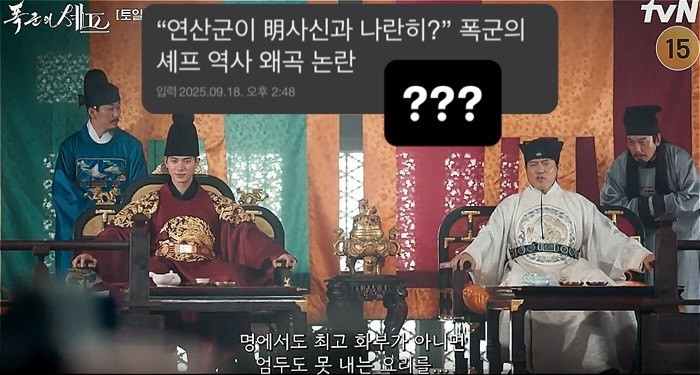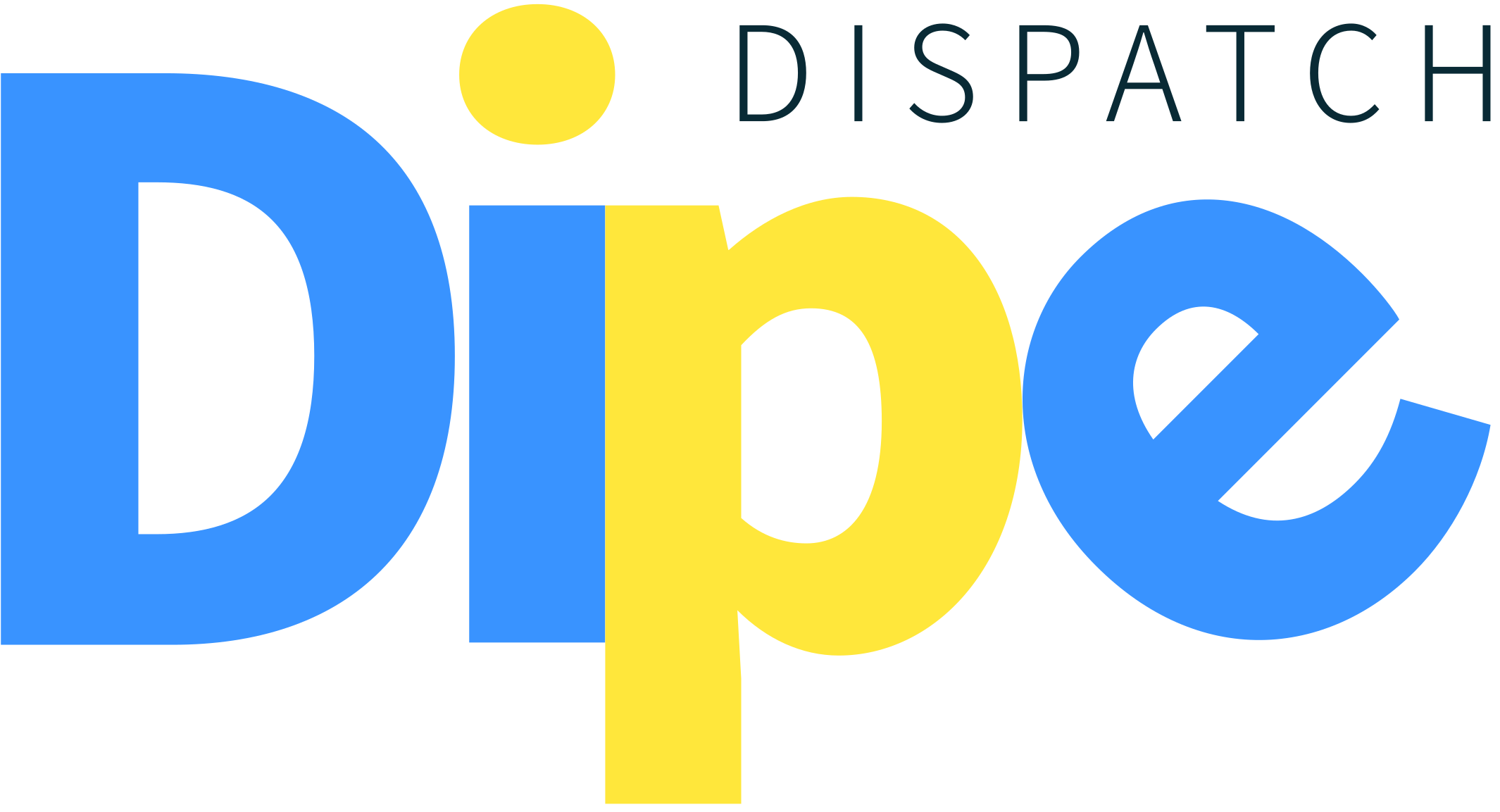
Author Park Guk-jae, the original creator behind tvN's The Tyrant's Chef, has publicly addressed accusations of historical distortion, clarifying that the drama's controversial scenes are based on verified historical protocols.
Defense Backed by Historical Texts
On September 19, Park posted an explanation on social media, citing Gukjo Oryeui, the official book of state rituals compiled in 1474. He explained why the drama depicted Yeonhui-gun seated alongside a Ming envoy: "According to the Binrye section, envoys were seated to the east and the king to the west."
He added, "In Confucian etiquette, the east held higher status than the west. Since the Ming envoy represented the emperor, his rank was above that of the Joseon king."
Park also defended the scene where Yeonhui-gun bows first. "The text specifies that the king was expected to bow to the envoy before formalities began. This was not an issue of sovereignty but part of international protocol at the time," he explained, emphasizing that the portrayal aligns with official documentation written within 30 years of the drama's timeline.
Viewer Criticism Over Protocol
The Tyrant's Chef faced backlash after episodes showed Yeonhui-gun (played by Lee Chae-min) sitting next to a Ming envoy. Critics argued that the Annals of King Sejong indicate the king should remain on the throne, while envoys were seated below on the east side.
Another point of contention was the bowing scene. Viewers claimed there is no record of Joseon kings lowering their heads before envoys, except in ceremonies where they knelt to receive imperial decrees.

A Fantasy Twist on History
Despite the controversy, the drama is a fantasy romantic comedy. It tells the story of a modern-day chef who time-slips into the Joseon dynasty and wins over a tyrant king through cooking. The show is adapted from the web novel Surviving as Yeonsan's Chef.
Park underscored that his creative choices were not distortions, but efforts to maintain historical authenticity within the fictional narrative.



